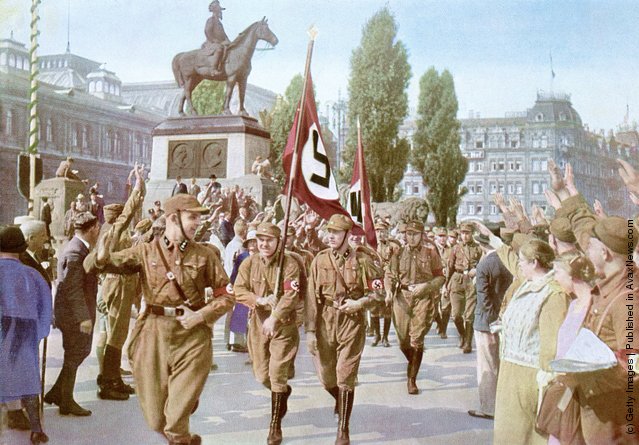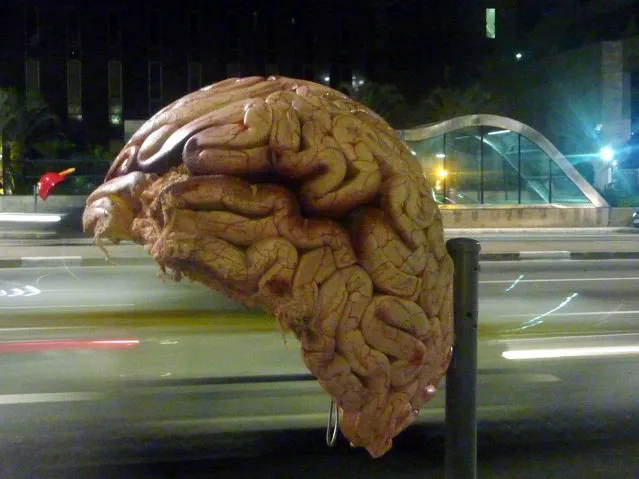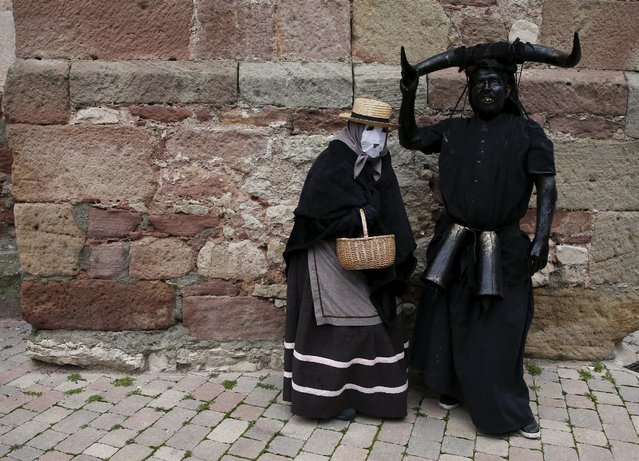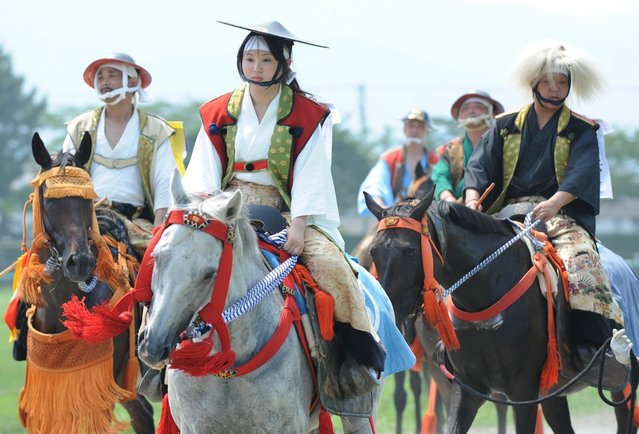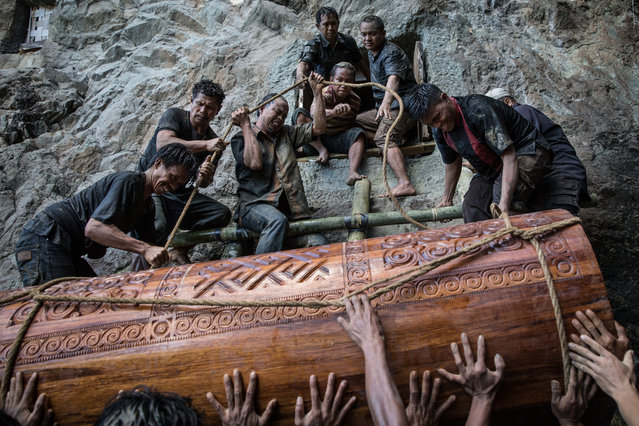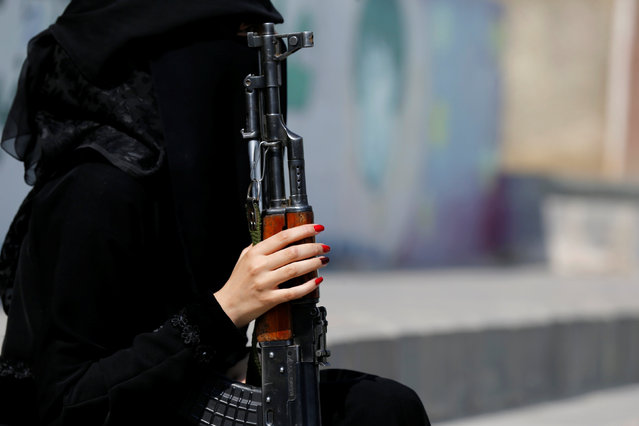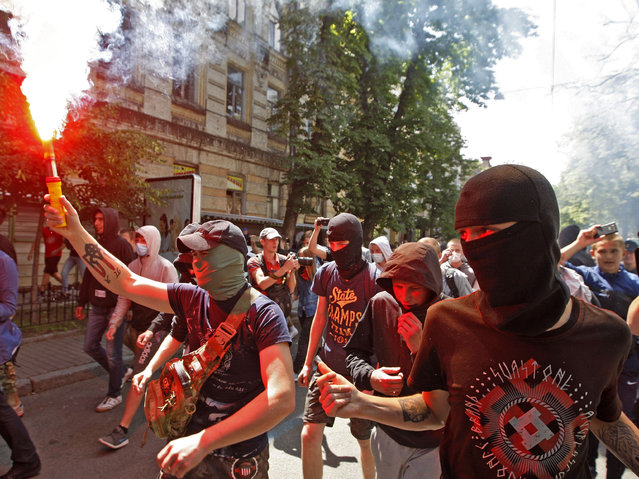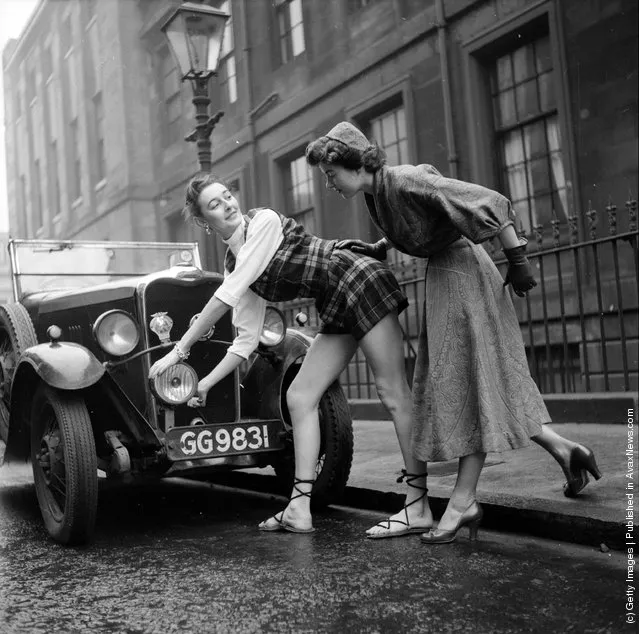
Students from Glasgow Art School modelling casual clothing and Buchan tartan in the annual Fashion Show for charities. During Rag Week students parade in the city streets wearing costumes designed and made by themselves. (Photo by Haywood Magee/Picture Post/Getty Images). 7th February 1953
17 Sep 2011 13:07:00,post received
0 comments

